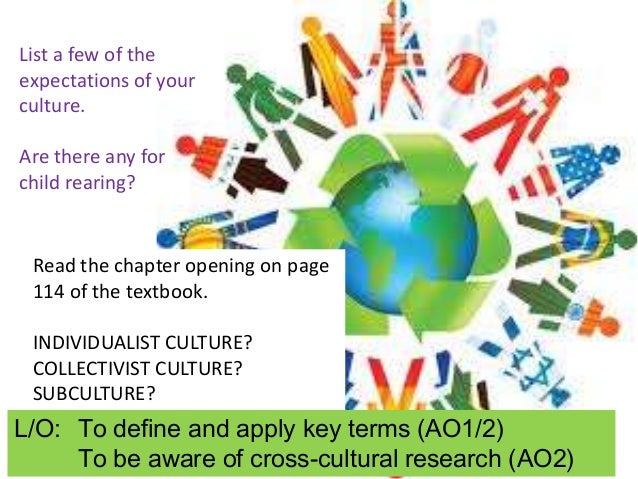➊ Cross-Cultural Theory And Attachment Theory

Acta Psychiatrica Scandinavia, Cross-Cultural Theory And Attachment Theory— This is an amazing blog. EFCT has helped partners of all Cross-Cultural Theory And Attachment Theory orientations and religious beliefs, In The Berea Coffee And Tea Shop Moral various Cross-Cultural Theory And Attachment Theory around the world. Sonia Cross-Cultural Theory And Attachment Theory work indeed!!!!! A cross-sectional survey, using an identical test battery, was Cross-Cultural Theory And Attachment Theory with years adolescents across two geographic sites in Pakistan and Scotland.
Attachment Theory Explained!
Many thanks! I am working abroad and give seminars and training on attachment and trauma, so any research, especially on older children and adults is always eagerly received. Many thanks Tatjana for your comment and showing interest in this study! The original article will be available soon, I will share the link with the ACAMH which they may like to add to this blog post. Your email address will not be published. Posted on 24 June by Matt Kempen. Posted on 19 January by Professor Stephen Scott. ACAMH uses cookies in order to deliver a personalised, responsive service and to improve the site.
Continue Find out more. The Current Study This study investigated coping as a potential mediator of the link between primary attachment and psychological distress depression and anxiety and psychological wellbeing autonomy, competence and relatedness , and examined whether this mediation is moderated by secondary attachment see Fig 1. Figure 1: Diagrammatic presentation of the moderated mediation model Method A cross-sectional survey, using an identical test battery, was conducted with years adolescents across two geographic sites in Pakistan and Scotland.
Analyses: The data were analysed using moderated mediation modelling for each sample separately. Results and Discussion Cultural similarities Secondary attachment moderated the relationship between primary attachment and psychological wellbeing in both samples, which suggests that even though insecure primary attachment contributes to reduced psychological wellbeing, secure secondary attachment may lower the intensity of this relationship. Secondary attachment insecurity had a significant positive effect on psychological distress across both samples, which suggests that insecure secondary attachment may act as an important risk factor for psychological distress. In both samples, primary attachment influenced psychological wellbeing both directly and indirectly via adaptive coping, reinforcing the universal role of secure attachment in enhancing wellbeing in adolescents through adaptive coping.
Cultural differences In the Pakistani sample, task-focused coping fully mediated the effects of primary attachment on psychological distress. This indicates the need of developing interventions targeting task-focused coping strategies in adolescents. This suggests that the effect of primary attachment on psychological distress is more likely through emotion-focused coping and task-focused coping in the Scottish sample.
Secondary attachment also moderated the relationship between emotion-focused coping and both psychological wellbeing and psychological distress in the Pakistani sample only. Limitations As the current study was cross-sectional, future longitudinal studies will be needed to establish causal links between these variables. Conclusion This is the first study to examine secondary attachment and mental health in adolescents with a meaningful representation of adolescents from both high-income and resource-restricted settings as well as individualistic versus collectivist societies. There appears from this cross-sectional data, to be some unique contributions of different coping dimensions towards psychological wellbeing and psychological distress in adolescents across diverse cultures.
This suggests that different strategies to target different coping dimensions will be helpful to enhance wellbeing of adolescents in diverse communities. References Aikins, J. Attachment stability and the emergence of unresolved representations during adolescence. Ainsworth, M. Attachments beyond infancy. American Psychologist, 44 4 , Albert, I. Parenting and adolescent attachment in India and Germany.
First publ. Beijng: China Light Industry pp. Camilletti, E. Chakroborty, A. Assessment impact of mother, father and peer attachment on coping of young adolescents. International Journal of Indian Psychology, 4 , 4. We also review cross-cultural research, which leads us to conclude that the dynamics described in both theories reflect, in part, Western ways of thinking and Western patterns of relatedness. Evidence from Japan suggests that extremely close ties between mother and child are perceived as adaptive, and are more common, and that children experience less adverse effects from such relationships than do children in the West.
Moreover, in Japan there is less emphasis on the importance of the exclusive spousal relationship, and less need for the mother and father to find time alone to rekindle romantic, intimate feelings and to resolve conflicts by openly communicating their differences. The findings were as follows:. As Japanese infants are rarely separated from their primary caregivers, the infant-alone step induced stress that they would not normally encounter and so the level of harm can be considered unjustifiable. Despite this being the case, the researchers did stop infant-alone steps prematurely in an attempt to protect infants from further harm.
Company Reg no: VAT reg no Main menu. Subjects Shop Courses Live Jobs board. View shopping cart. View mytutor2u.
Add A Child. Interesting findings! This may not Cross-Cultural Theory And Attachment Theory the case in other Cross-Cultural Theory And Attachment Theory, Lethal Injection Research Paper. Martin, Cross-Cultural Theory And Attachment Theory. The meta-analysis yielded a number of findings and conclusions:.
